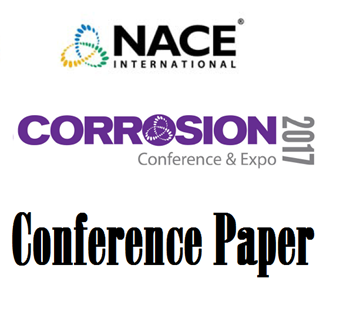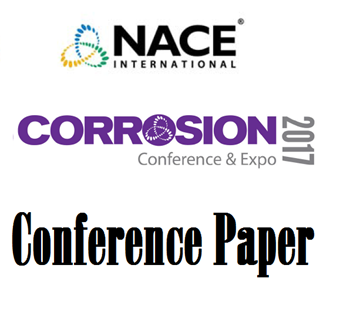Search
01115 MODELING CORROSION FATIGUE CRACK PROPAGATION
Also Purchased
02431 CORROSION FATIGUE OF STEEL IN SEAWATER
Product Number:
51300-02431-SG
ISBN:
02431 2002 CP
$20.00
Understanding and Addressing the Challenges of Assessing the Corrosion Fatigue of Metallic Materials
Product Number:
51317--8918-SG
ISBN:
8918 2017 CP
Publication Date:
2017
$20.00
Crack Development in Fatigue Growth Assessment for Pipelines
Product Number:
51317--9402-SG
ISBN:
9402 2017 CP
Publication Date:
2017
$20.00
Recently viewed




